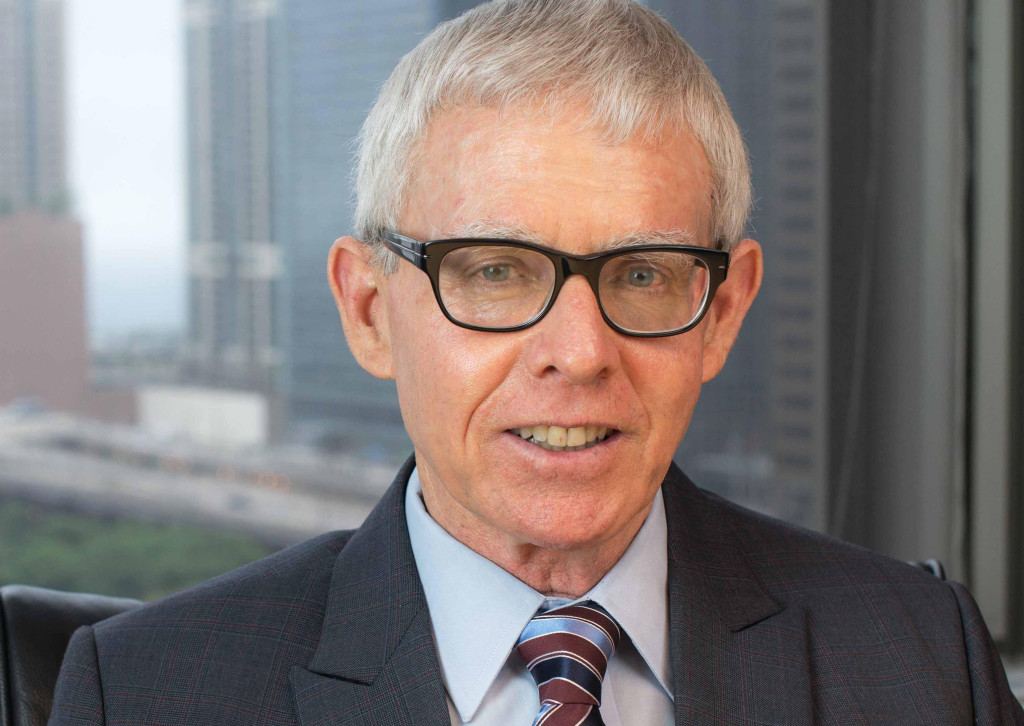For those who might have missed it, the Nov. 3, 2021, broadcast of Good Morning America had a fascinating segment about the steps New York City is taking to protect the city, its residents, and of course, its scores of buildings from the progression of climate change.

According to the segment, Hurricane Sandy, which in 2012 battered the city’s coastline, was not so much a weather aberration as it was a wake-up call. The climate is changing, and with these changes, New York can expect more unusual weather patterns in the future.
Less than 10 years after Sandy, Hurricane Ida hit the city. This hurricane caused flooding in subway stations, basement apartments, and commercial buildings. Power stations around the city went down. The city that never sleeps found itself in a coma.
Ida was also the first time that the city was placed under a flash flood emergency, which is called when a severe and potentially violent flood is imminent or occurring.
But the TV segment pointed out something even more sobering. Meteorologists and climate change experts now believe hurricanes and catastrophic flooding such as this can be expected about every five years in New York. In response, walls are being built around the city to help mitigate the damage these extreme weather events can cause.
As to being impacted by climate change, New York City is certainly not alone. Cities all over the world are grappling with the negative effects of a warming planet. They are also seeing climate change’s impact on their buildings, especially the older ones.
Retrofitting and Reusing Buildings
This is where building owners and facility managers come into the picture. There is much the building construction and facility management industries can do to help reduce their industries’ impact on the environment, protect their existing buildings, safeguard their investments in those buildings, and slow the advancement of climate change. One of the first steps is not to focus on new construction, but instead on new ways to retrofit and reuse current structures.
According to architect Carl Elefante, the greenest building is “one that is already built.” This is because replacing an existing structure with a new building requires enormous amounts of materials and energy. These materials can lead to the release of “embodied carbons.” Embodied carbons are associated with the raw materials needed to construct facilities and account for more than 11% of total greenhouse gas emissions, the fundamental cause of climate change.
But aren’t new buildings more energy efficient? Eventually, won’t they be more beneficial to the environment?
Yes, but according to a report by the National Trust for Historic Preservation, it could take decades for a new, energy-efficient building to overcome “the negative energy and climate change impacts” caused in the construction process.
By comparison, the same study found that retrofitting or reusing buildings, “rather than demolishing and replacing them,” has many environmental benefits that can help state and local governments meet their sustainability goals.
Other Steps Facility Managers Can Take to Address Climate Change
Now let’s focus on what steps facility managers can take to green their facilities, thereby reducing the environmental footprint of those facilities and, by doing so, their contribution to climate change.
Green Cleaning
One of the significant reasons green cleaning has been touted over the years is that it is considered healthier for the user and building occupants while reducing cleaning’s impact on the environment. However, green cleaning also helps us address climate change. For instance:
In the early days of green cleaning, “day cleaning” strategies were recommended. Day cleaning, as the name applies, usually refers to cleaning facilities while they are in use. According to Lisa Ridgely, a frequent writer for the professional cleaning industry, “consultants report that day cleaning can save buildings between 4 and 8 percent on energy costs a year, which also helps reduce the amount of greenhouse gasses released into the atmosphere.”
Furthermore, green cleaning products must meet specific standards and criteria that minimize cleaning’s impact on climate change. For example, ecolabeling nonprofit Green Seal‘s GS-37 standard for Industrial and Institutional Cleaning Products limits the amount of volatile organic compounds (VOCs) released into the atmosphere from cleaning solutions. These compounds include ingredients and vapors that can negatively affect human health and contribute to global warming.
Climate Change Messaging
Facility managers should never underestimate the power of messaging. Several years ago, a water district in the southeastern part of the United States faced significant water challenges. The growing area was experiencing water shortages and droughts, and its aquifers (underground water) were being tapped far faster than they could be replenished.
The local utility was looking at huge expenditures to address the water challenges. But before taking that step, the utility company began a three-year messaging campaign to change water-use behaviors. The goal was to get consumers and building users much more conscious of the amount of water they were using and encourage them to reduce consumption.
The messaging was very direct, in some cases, instilling fear by showing what happens under severe drought conditions. The program worked. Water use did decline voluntarily.
Today, a similar messaging program—leveraging concerns about the future as well as solid facts—may be needed for building owners, managers, and users to become more aware of how they may be contributing to climate change, along with what steps they can take to reduce this impact.
Use ENERGY STAR Equipment
What may be a surprise to many of us is that according to the Office of Sustainability at Harvard University, the total amount of electricity consumed by “idle” electronics—office equipment left on but not being used—equals the annual output of twelve power stations.
Facility managers can help their tenants eliminate this waste by ensuring that only ENERGY STAR-certified office equipment is used in their facilities. The U.S. Environmental Protection Agency operates the ENERGY STAR program. Not only do ENERGY STAR-certified products save energy, but they also have power management options that automatically put many office systems into “sleep” mode, reducing or eliminating energy consumption when the equipment is not in use.
Conduct a Greenhouse Gas Audit
Most facility managers are familiar with energy audits and water audits. Among the goals of these assessments is to find unexpected areas where energy or water is being used. Now we need to conduct greenhouse gas audits. The best place to start is to rate your facility’s energy performance using the ENERGY STAR Portfolio Manager Benchmarking Tool. This provides building owners and managers a score, allowing them to determine where their building is on a 1-100 scale. It also identifies areas for improvement. In addition, the benchmarking tool indicates the amount of CO2 emissions emitting from the facility, again suggesting ways to reduce these emissions.
Waste Management
A major employer in Silicon Valley took the unusual step of removing all the individual trash cans around many staff workstations. In their place they installed two types of centralized trash collection bins in work areas. Some were designated for “wet waste,” such as cooked or uncooked food, fruits, leaves, sewage, and other organic materials; while the second group was designated for “dry waste,” such as paper, plastic, and similar products.
This made it far easier for the company to recycle and potentially reuse waste materials to keep them out of the landfill. But here is how this benefits climate change: Waste in landfills and waste disposal sites often release methane gas. Methane gas is a very harmful greenhouse gas.
And one more benefit: The company no longer needed thousands of trash can liners, proving to be another benefit for the environment and significant cost savings.
Most of the leaders of the wealthiest nations in the world recently completed meetings on finding ways to address climate change at the COP26 summit. But we can’t depend on world leaders alone. There are many things we can do on our own to address climate change, protect our facilities, and safeguard our cities. Facility managers have an excellent opportunity to become leaders in the climate change fight, helping guide us to a more sustainable and healthier future.

Robert Kravitz is a writer for the professional cleaning and building industries. He is also a frequent writer on green, sustainability, and water efficiency issues. He can be reached via his website at alturasolutions.com.
